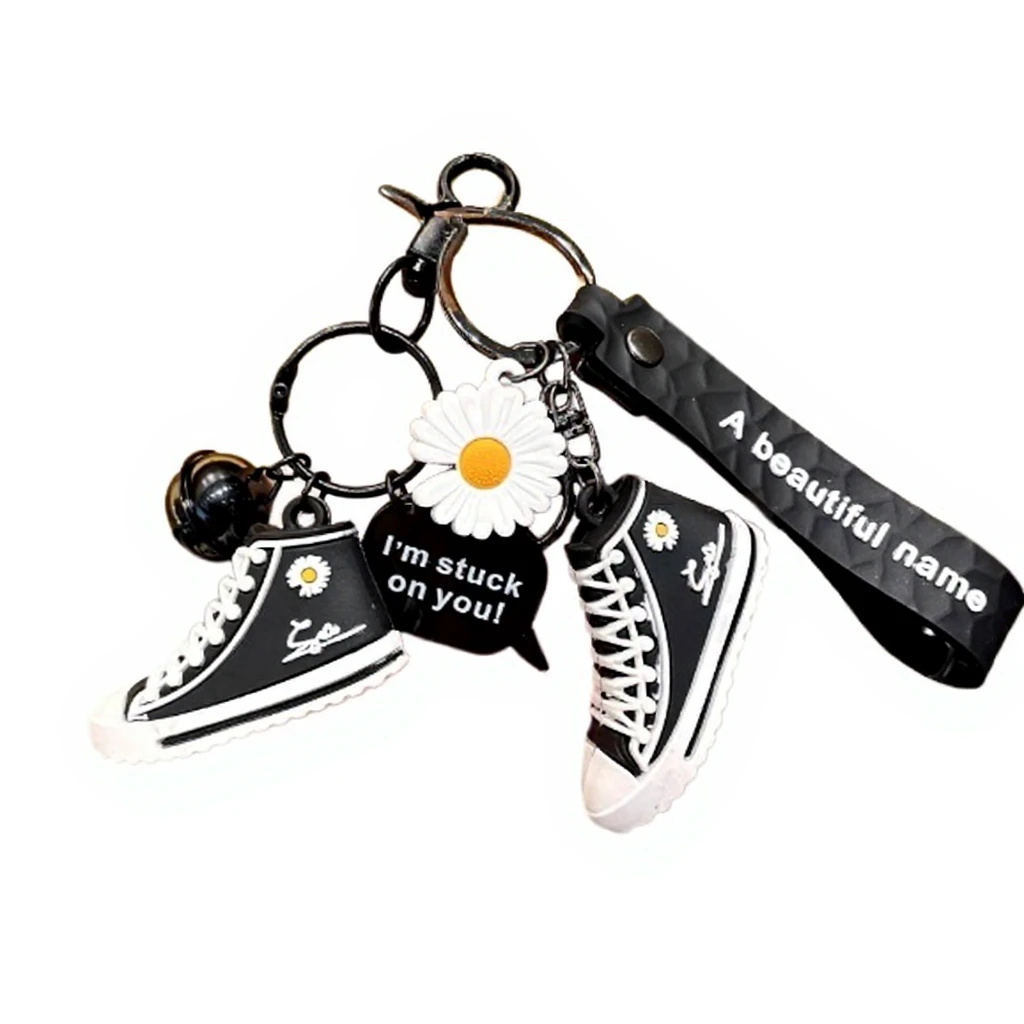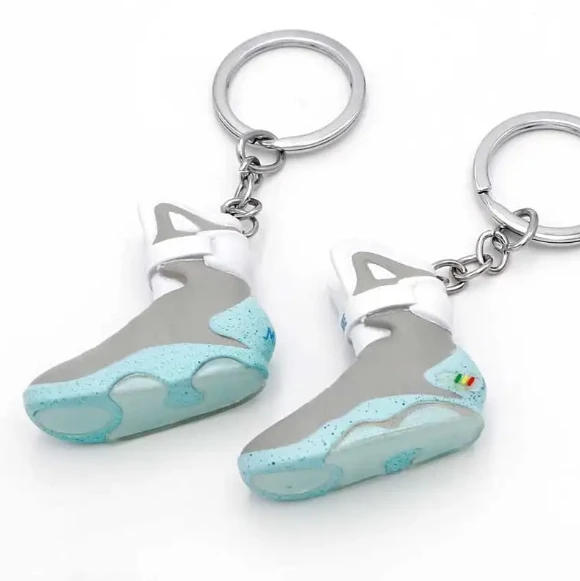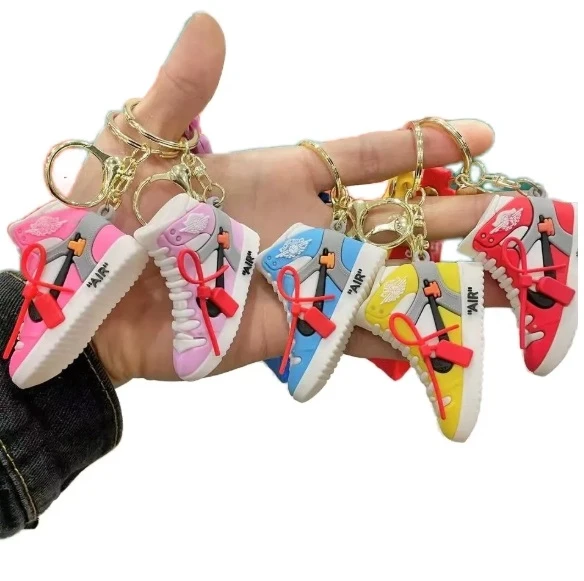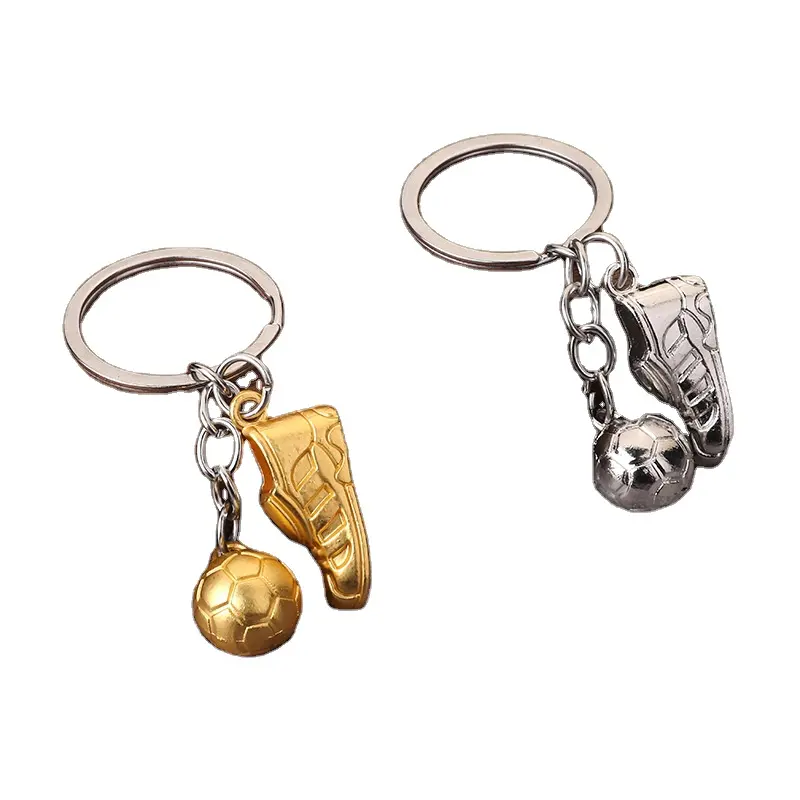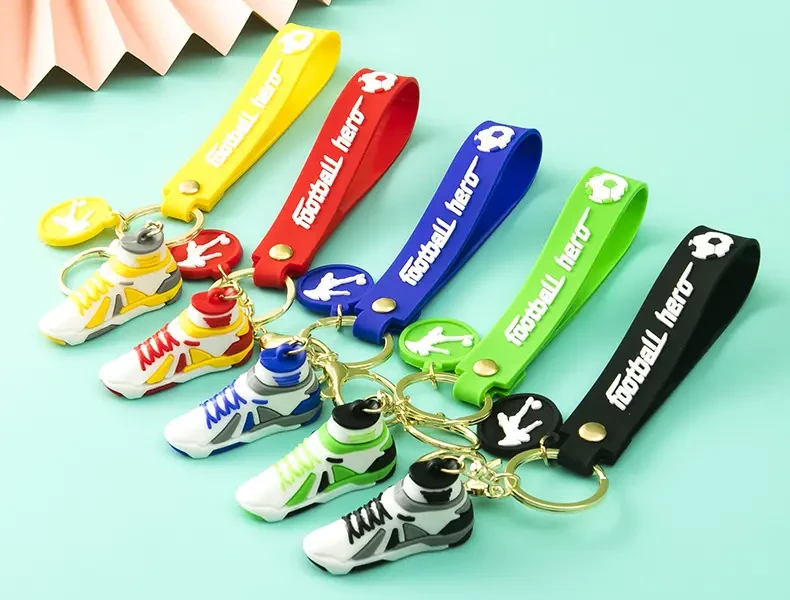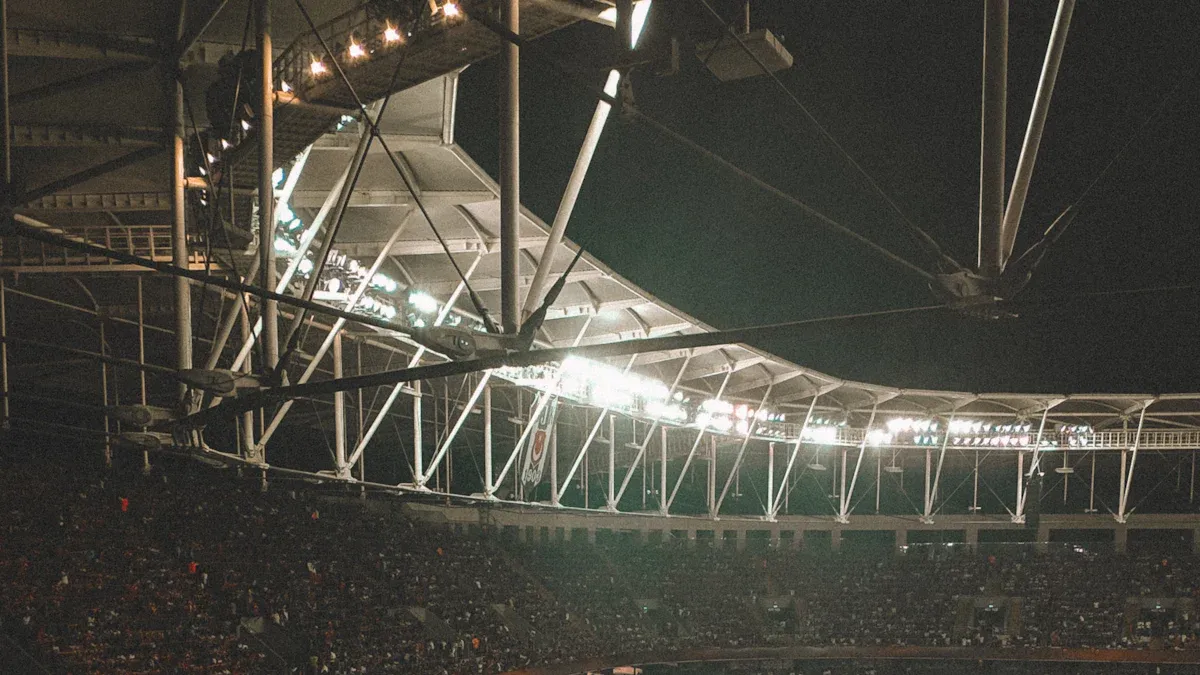
You can experience the excitement of the football world cup 2026 in 16 amazing cities across the USA, Canada, and Mexico. Check out the full list of host cities and stadiums below:
|
Country |
Host Cities and Stadiums |
|---|---|
|
USA |
Atlanta (Mercedes-Benz Stadium), Boston (Gillette Stadium), Dallas (AT&T Stadium), Houston (NRG Stadium), Kansas City (GEHA Field at Arrowhead Stadium), Los Angeles (SoFi Stadium), Miami (Hard Rock Stadium), New York/New Jersey (MetLife Stadium), Philadelphia (Lincoln Financial Field), San Francisco/Bay Area (Levi’s Stadium), Seattle (Lumen Field) |
|
Canada |
Toronto (BMO Field), Vancouver (BC Place) |
|
Mexico |
Guadalajara (Estadio Akron), Mexico City (Estadio Azteca), Monterrey (Estadio BBVA) |
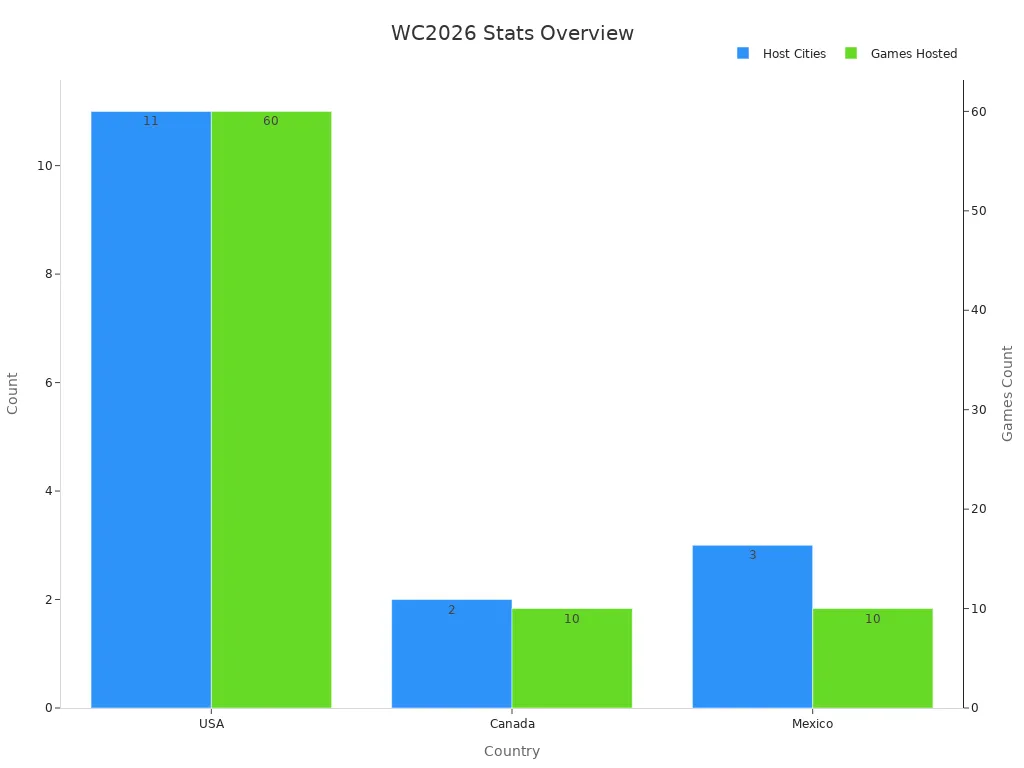
These stadiums are divided into Western, Central, and Eastern regions, each with its own unique style and rich football history. Local shops are bustling, and hotels fill up fast. Fans can find a variety of world cup promotional gifts, including popular items like silicone keyrings and football match keychains. Whether you want to celebrate your favorite football star or become a distributor of these exclusive items, feel free to contact us and join the football world cup 2026 excitement!
Key Takeaways
-
The 2026 Football World Cup will happen in 16 cities. These cities are in the USA, Canada, and Mexico. Fans will have many different experiences. FIFA picked these cities for many reasons. They looked at stadium quality and local culture. They also checked for good infrastructure and soccer passion. Sustainability was important too. There will be 48 teams in the tournament. There will be 104 games played. Most games will be in the USA. The final game will be at MetLife Stadium in New Jersey. The Western, Central, and Eastern regions all have special stadiums. Some are old, like Estadio Azteca. Some are new, like SoFi Stadium. The best stadiums for semifinals and the final are AT&T Stadium in Dallas, Mercedes-Benz Stadium in Atlanta, and MetLife Stadium in New York/New Jersey. Modern stadiums use green technology. They give fans nice comforts. Fans get fast Wi-Fi, digital tickets, and tasty food. Local businesses can make money by selling souvenirs. Keychains are popular. These show each city’s culture and football spirit. Fans should buy tickets and book hotels early. They can visit fan zones. There will be fun events for families during the tournament.
Host Selection
Overview
Have you ever wondered how FIFA chose the cities and stadiums for the football world cup 2026? The way they picked them was secret and thrilling. FIFA did not share many details. Even the people planning the event learned the news with everyone else. A special FIFA group spent weeks traveling to all 16 cities. They looked at stadiums, talked to city leaders, and checked hotels and ways to get around. The final decision was made by a few top FIFA leaders, including the president. They had to meet with stadium owners, city leaders, and private investors. This made things tricky because the tournament is in three countries.
This will be the biggest football event ever. The football world cup 2026 will have 48 teams and 104 games. Most matches will be in the United States, with 78 games in 11 cities. Mexico and Canada will host the first rounds. Mexico City and Guadalajara will start the tournament. After the quarter-finals, every game will be in the United States. The final will be at MetLife Stadium in New Jersey.
Did you know? The organizers learned a lot from the 2022 World Cup in Qatar. They watched what happened there and used those ideas for 2026.
Criteria
FIFA checked many things when picking host cities and stadiums. They wanted more than just big stadiums. They cared about how each place could help people after the tournament. Here are some of the main things FIFA looked at:
-
Sustainability: Stadiums had to be good for the planet and help the local economy.
-
Local Culture: FIFA wanted each city to show its own style and traditions.
-
Community Use: Stadiums should help the city even after the world cup is over.
-
Infrastructure: Cities needed good transport, lots of hotels, and nice training fields.
-
Soccer Culture: Cities that love soccer got extra points.
-
Stadium Quality: FIFA checked if stadiums were new, safe, and comfy.
You can see how FIFA used a scoring system to compare places:
|
Evaluation Criteria |
Description |
|---|---|
|
Capacity |
How many fans the stadium can hold |
|
Amenities |
What services and comforts are available |
|
Parking |
How easy it is to park near the stadium |
|
Price/Fees |
Cost to use the stadium |
|
Storage |
Space for equipment and materials |
|
Branding |
Ways to show off sponsors and event logos |
|
Availability |
If the stadium is free on the needed dates |
|
Maintenance |
How well the stadium is kept up |
|
Food/Beverage |
Food and drink options for fans |
|
Technical Requirements |
Support for sound, lights, and other tech needs |
FIFA did not use strict numbers or set percentages. They looked at the whole picture. They wanted cities that could handle big crowds and give everyone a great time. You will see old stadiums and new ones. This mix gives fans both tradition and modern comfort.
Regions and Cities
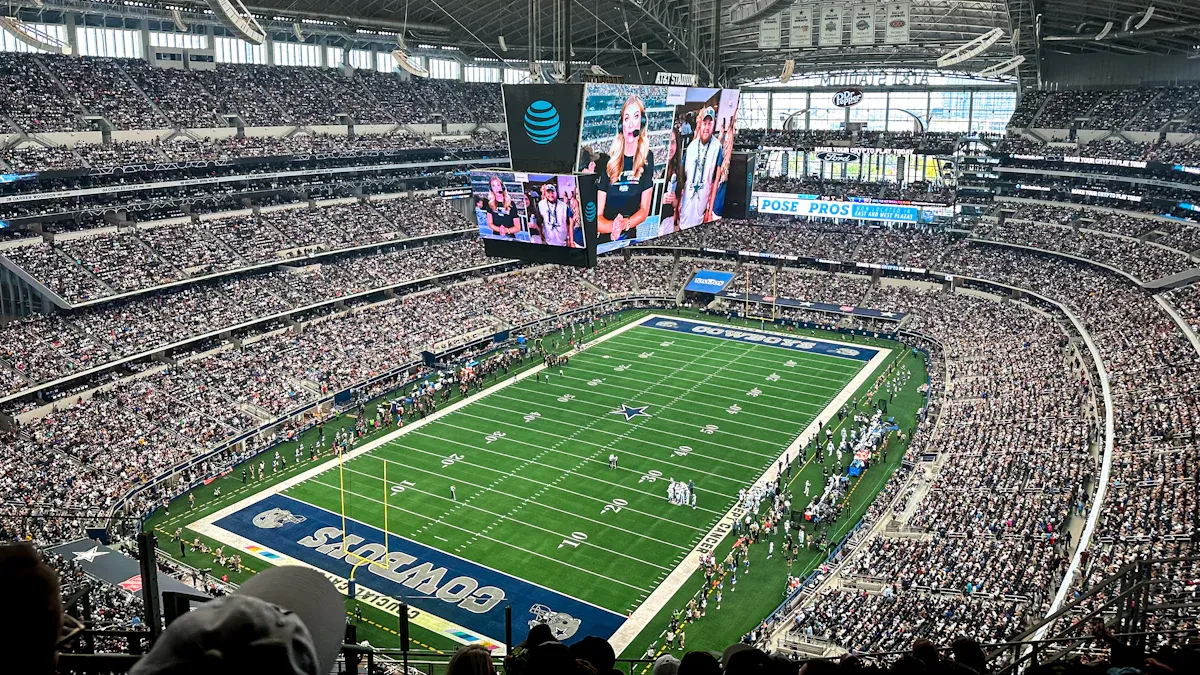
The football world cup 2026 brings you to some of the most exciting cities in North America. Each region has its own flavor, stadiums, and fan experiences. Let’s take a closer look at what you can expect in each place.
Western Region
The Western Region is famous for its big stadiums and lively crowds. You will find a mix of modern designs and beautiful city views. Here’s a quick look at some key stats:
|
City |
Stadium |
Capacity |
Notable Events |
Years Active |
Games Hosted (All-Time) |
|---|---|---|---|---|---|
|
Vancouver |
BC Place |
54,500 |
2015 Women’s World Cup Final |
1983-present |
50+ |
|
Seattle |
Lumen Field |
68,000 |
NFL, MLS, Concerts |
2002-present |
300+ events/year |
|
San Francisco |
Levi’s Stadium |
68,500 |
Super Bowl 50, Copa América |
2014-present |
40+ major events |
|
Los Angeles |
SoFi Stadium |
70,000 |
Super Bowl LVI, Concerts |
2020-present |
20+ major events |
Vancouver – BC Place
You will love BC Place for its retractable roof and downtown location. The stadium can hold over 54,000 fans. It hosted the 2015 Women’s World Cup Final and many big concerts. For the football world cup 2026, you can expect group stage matches and a lively fan zone outside. Vancouver’s mix of mountains and city life gives you a unique fan experience. Local shops offer cool souvenirs like maple leaf keychains and soccer-themed gifts.
Seattle – Lumen Field
Lumen Field stands out with its loud fans and modern design. The stadium seats 68,000 and hosts NFL, MLS, and big concerts. You will see group matches here during the football world cup 2026. The stadium uses the latest tech, like LED boards and fast Wi-Fi. Seattle’s coffee culture and seafood make your visit special. You can find custom keychains and local crafts at the stadium shops. Lumen Field’s busy schedule shows how much the city loves sports, with over 300 events and 2.4 million visitors each year.
San Francisco – Levi’s Stadium
Levi’s Stadium in Santa Clara brings you close to Silicon Valley. The stadium holds 68,500 fans and has hosted Super Bowl 50 and Copa América matches. For the football world cup 2026, you will see group stage games here. The stadium uses solar panels and recycled water, making it one of the greenest in the league. You can enjoy tech-inspired souvenirs and meet fans from all over the world.
Los Angeles – SoFi Stadium
SoFi Stadium is one of the newest and most high-tech stadiums. It can seat up to 70,000 fans and has a giant video board that circles the field. You will watch group and knockout matches here. The stadium sits in Inglewood, close to beaches and Hollywood. LA’s food trucks and music make every match feel like a festival. You can grab limited-edition keychains and team gear from local vendors.
Tip: Western cities often sell out fast. Book your tickets and hotels early to get the best spots!
Central Region
The Central Region mixes old traditions with new stadiums. You will find some of the most historic venues and passionate fans here.
|
City |
Stadium |
Capacity |
Key Features |
Notable Events |
|---|---|---|---|---|
|
Guadalajara |
Estadio Akron |
48,071 |
Modern roof, home to Chivas |
2011 Pan Am Games, Liga MX |
|
Mexico City |
Estadio Azteca |
87,523 |
Historic, hosted 2 World Cup Finals |
1970, 1986 World Cups |
|
Monterrey |
Estadio BBVA |
53,500 |
Mountain views, modern design |
Liga MX, concerts |
|
Houston |
NRG Stadium |
72,220 |
Retractable roof, NFL home |
Super Bowl XXXVIII, Copa América |
|
Dallas |
AT&T Stadium |
80,000 |
Giant video board, NFL home |
Super Bowl XLV, WrestleMania |
|
Kansas City |
Arrowhead Stadium |
76,416 |
Loudest crowd, NFL home |
NFL playoffs, concerts |
Guadalajara – Estadio Akron
Estadio Akron gives you a modern look with a roof that covers every seat. The stadium holds over 48,000 fans. You will see group matches here during the football world cup 2026. Guadalajara is famous for mariachi music and spicy food. Local markets sell soccer keychains and colorful crafts.
Mexico City – Estadio Azteca
Estadio Azteca is a legend. It can fit more than 87,000 fans and has hosted two World Cup finals. You will watch opening matches here. The stadium sits high above sea level, so the air feels different. Mexico City’s street food and art make your trip unforgettable. You can find classic football souvenirs and Aztec-inspired keychains.
Monterrey – Estadio BBVA
Estadio BBVA stands out with its mountain backdrop and sleek design. The stadium holds 53,500 fans. You will see group stage games here. Monterrey is known for grilled meats and lively music. Stadium shops offer soccer-themed gifts and local snacks.
Houston – NRG Stadium
NRG Stadium has a retractable roof and seats over 72,000 fans. You will watch group and knockout matches here. Houston’s diverse food scene and museums give you plenty to explore. Local vendors sell football world cup 2026 keychains and Houston-themed souvenirs.
Dallas – AT&T Stadium
AT&T Stadium is huge, with room for 80,000 fans. The giant video board makes every seat feel close to the action. You will see group and knockout matches here. Dallas is famous for barbecue and cowboy culture. You can pick up football-themed keychains and hats from local shops.
Kansas City – Arrowhead Stadium
Arrowhead Stadium is famous for its loud fans. It can hold over 76,000 people. You will watch group matches here. Kansas City’s barbecue and jazz music set the mood. Stadium shops offer unique keychains and local crafts.
Note: Central Region stadiums often use public and private money for upgrades. This keeps them modern and ready for big events.
Eastern Region
The Eastern Region brings you to some of the biggest cities and most historic stadiums. You will find a mix of old and new, with lots of chances to explore local culture.
|
City |
Stadium |
Capacity |
Key Features |
Notable Events |
|---|---|---|---|---|
|
Atlanta |
Mercedes-Benz Stadium |
71,000 |
Retractable roof, 360° video board |
Super Bowl LIII, MLS Cup |
|
Miami |
Hard Rock Stadium |
65,326 |
Open-air, NFL home |
Super Bowl LIV, tennis |
|
Toronto |
BMO Field |
45,500* |
Lakeside, soccer-specific |
MLS Cup, rugby |
|
Boston |
Gillette Stadium |
65,878 |
NFL/MLS home, modern design |
Super Bowl XXXVI, concerts |
|
Philadelphia |
Lincoln Financial Field |
67,594 |
NFL home, open-air |
NFL playoffs, concerts |
|
New York/NJ |
MetLife Stadium |
82,500 |
Dual NFL home, modern |
Super Bowl XLVIII, concerts |
|
Montreal |
Olympic Stadium |
61,004 |
Iconic roof, Olympic history |
1976 Olympics, MLB, soccer |
|
Edmonton |
Commonwealth Stadium |
56,302 |
Track, multi-sport |
2015 Women’s World Cup, CFL |
*Toronto’s BMO Field will expand for the tournament.
Atlanta – Mercedes-Benz Stadium
Mercedes-Benz Stadium has a cool retractable roof and a 360-degree video board. It seats 71,000 fans. You will see group and knockout matches here. Atlanta’s hip-hop music and southern food make every game a party. Stadium shops offer peach-themed keychains and football gifts.
Miami – Hard Rock Stadium
Hard Rock Stadium sits in sunny Miami. It holds over 65,000 fans. You will watch group matches here. Miami’s beaches and Latin music create a fun vibe. You can find palm tree keychains and football souvenirs at local shops.
Toronto – BMO Field
BMO Field sits by Lake Ontario. It will expand to hold 45,500 fans for the football world cup 2026. You will see group matches here. Toronto’s mix of cultures gives you food from around the world. Stadium shops sell maple leaf keychains and soccer gear.
Boston – Gillette Stadium
Gillette Stadium is home to the Patriots and Revolution. It seats almost 66,000 fans. You will watch group matches here. Boston’s history and seafood make your trip special. Local vendors offer lobster-themed keychains and football gifts.
Philadelphia – Lincoln Financial Field
Lincoln Financial Field is known for its passionate fans. It holds nearly 68,000 people. You will see group matches here. Philadelphia’s cheesesteaks and art scene add to the fun. Stadium shops sell Liberty Bell keychains and soccer souvenirs.
New York/New Jersey – MetLife Stadium
MetLife Stadium is one of the biggest, with 82,500 seats. It will host the final of the football world cup 2026. You will feel the energy of the city here. New York’s food, fashion, and music make every match exciting. You can grab Statue of Liberty keychains and exclusive world cup gifts.
Montreal – Olympic Stadium
Olympic Stadium is famous for its unique roof and Olympic history. It can hold over 61,000 fans. You will see group matches here. Montreal’s French culture and food make your visit special. Local shops offer fleur-de-lis keychains and soccer gear.
Edmonton – Commonwealth Stadium
Commonwealth Stadium is Canada’s largest outdoor stadium. It seats over 56,000 fans. You will watch group matches here. Edmonton’s festivals and parks give you lots to do. Stadium shops sell maple leaf and football keychains.
Did you know? Big tournaments like the football world cup 2026 bring huge economic value to these cities. Fans spend money on tickets, hotels, food, and souvenirs. Local businesses see a big boost, especially when they offer unique gifts like sports-themed keychains. Many fans are young and love to buy VIP experiences and collectibles. Stadiums use new tech to make your visit better, with fast Wi-Fi and cool digital displays.
Stadium Highlights
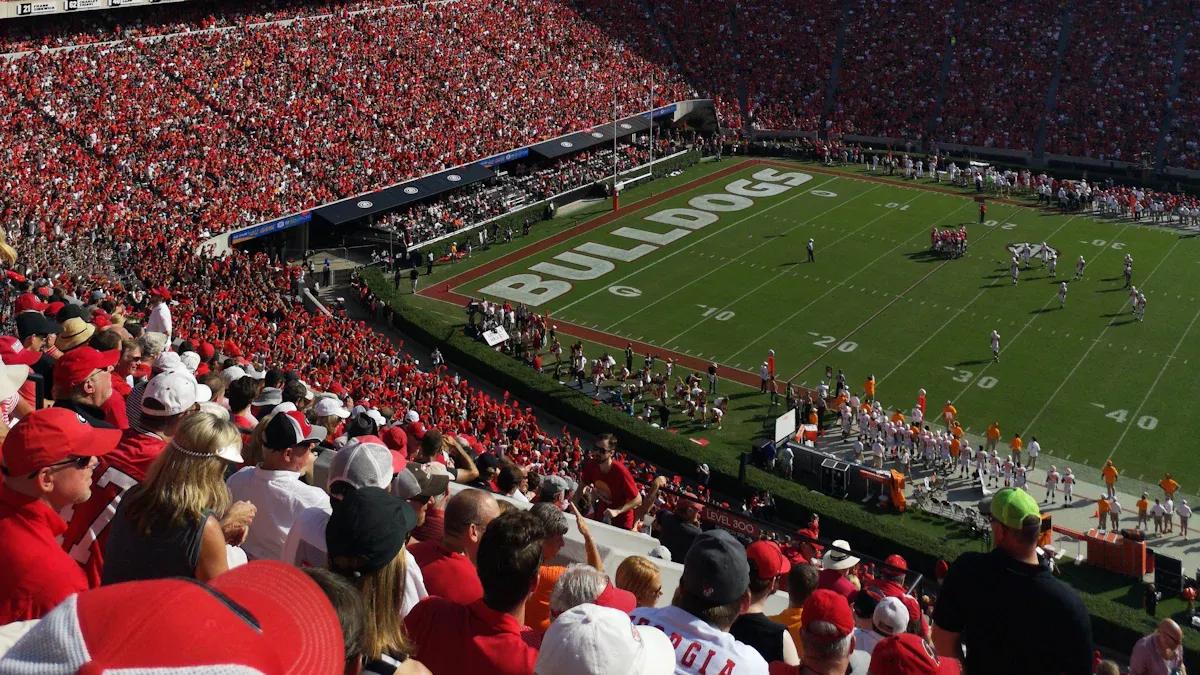
Largest Venues
You might wonder which stadiums are the biggest for the football world cup 2026. Some stadiums are huge and can fit many fans. These places let you feel the excitement with big crowds. Here are the largest stadiums and what makes them cool:
|
Stadium Name |
Location |
Standard Capacity |
Expandable Capacity |
|---|---|---|---|
|
AT&T Stadium |
Arlington (Dallas), USA |
94,000 |
105,000 |
|
Estadio Azteca |
Mexico City, Mexico |
87,523 |
N/A |
|
MetLife Stadium |
East Rutherford (NY/NJ), USA |
82,500 |
N/A |
|
Arrowhead Stadium |
Kansas City, USA |
76,416 |
N/A |
|
Mercedes-Benz Stadium |
Atlanta, USA |
75,000 |
Expandable from 71,000 |
|
NRG Stadium |
Houston, USA |
72,220 |
N/A |
|
SoFi Stadium |
Inglewood (Los Angeles), USA |
70,240 |
100,240 |
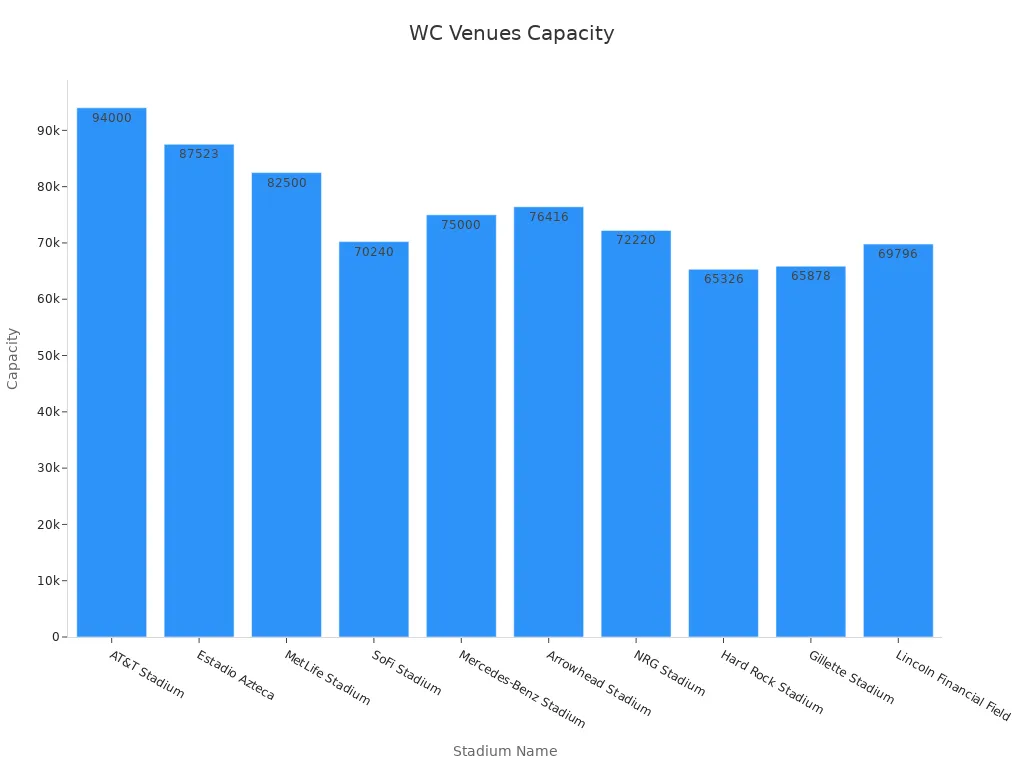
AT&T Stadium in Dallas is the biggest. It can hold over 100,000 people if needed. Estadio Azteca in Mexico City is also very large and has a famous past. MetLife Stadium in New Jersey will have the final game. It is made for big events. These stadiums have big screens, soft seats, and lots of food. You can see the game well, even from far away.
Historic Stadiums
Some stadiums have been around for a long time. When you visit, you can feel the history. Estadio Azteca is one of the most well-known. It has had two World Cup finals and saw stars like Pelé and Maradona. Soldier Field in Chicago is another old stadium, but it is not a 2026 host. It opened in 1924 and has had many big games. Sometimes, stadiums get new looks, but the memories stay.
|
Stadium Name |
Establishment Year |
Historical Significance |
Renovation Impact and Score |
|---|---|---|---|
|
Estadio Azteca |
1966 |
Hosted 1970 and 1986 World Cup Finals; legendary matches |
Multiple renovations, still keeps original spirit |
|
Soldier Field |
1924 |
Hosted NFL classics, unique architecture |
2002 renovation changed design, lost landmark status; history score low (4) |
|
Gillette Stadium |
2002 |
Home to Patriots’ playoff runs, strong traditions |
Modern but building its own history; moderate score (7) |
|
Bank of America Stadium |
1996 |
Multiple renovations, recent $650 million deal |
Renovation deal criticized, shows challenges of keeping old stadiums up-to-date |
Note: Fixing up old stadiums can be hard. Sometimes, changes make them safer and nicer. Other times, people worry about losing what made them special.
Modern Designs
Many stadiums for the football world cup 2026 look new and high-tech. SoFi Stadium in Los Angeles and Mercedes-Benz Stadium in Atlanta use the latest technology. SoFi has a huge video board that goes all the way around. Mercedes-Benz Stadium has a roof that opens and a big screen. These places want to make your visit fun and easy.
Modern stadiums also try to help the environment. Many have LEED certification, which means they save energy and water. You might see solar panels or special bathrooms that use less water. Stadiums like Lincoln Financial Field and Mercedes-Benz Stadium use recycled stuff and smart tools to care for grass and lights. You get fast Wi-Fi, digital tickets, and QR codes for quick checks. Some stadiums can switch from football to concerts fast.
-
Stadiums use green materials like recycled steel and special concrete.
-
Workers watch how much energy and water they use to save more.
-
Many stadiums have compost bins, shady spots, and cool digital things for fans.
You get comfort, fun, and help the planet at the same time.
Semifinals and Final
You might wonder where the biggest games will be. The semifinals and final are the most thrilling matches. These games need the best stadiums and cities. FIFA picks places that can fit huge crowds. They also want easy travel and a great fan experience.
A stadium is chosen for big games if it has:
-
Room for lots of fans
-
Good airports and public transport nearby
-
Many hotels and places to stay
-
Strong safety and security
-
Modern lights and TV systems
-
Fun things to do in the city
FIFA checks if the city has hosted big games before. Cities with this experience often get picked again. They know how to handle big crowds and excitement.
Here are the stadiums for the semifinals and final in 2026:
|
Match Stage |
Stadium Name |
City/Region |
Capacity |
Special Features |
|---|---|---|---|---|
|
Semifinal 1 |
AT&T Stadium |
Dallas/Arlington |
94,000 |
Retractable roof, giant video board |
|
Semifinal 2 |
Mercedes-Benz Stadium |
Atlanta |
71,000 |
360° video board, modern amenities |
|
Final |
MetLife Stadium |
New York/New Jersey |
82,500 |
Dual NFL home, top-tier infrastructure |
Tip: Want to see the final? Go to MetLife Stadium in New Jersey. This stadium has held many big events before. It has easy transport, lots of hotels, and a busy city. Fans get a top experience here.
FIFA uses lots of facts to pick these stadiums. They look at size, travel, hotels, and safety. They also check if the city can welcome fans from everywhere. New York and Dallas have had many big games before. Atlanta is known for its new stadium and fun city life.
These stadiums have tasty food, fast Wi-Fi, and cool souvenirs. The cities are ready for fans, with lots to see and do. If you want to go, book your trip early. These games sell out quickly!
Local Business and Souvenirs
Keychain Souvenirs
Keychain souvenirs are very popular at big sports events. Fans like them because they are small and cheap. They are easy to carry in your pocket or bag. At stadiums or shops, you can find keychains shaped like soccer balls or jerseys. Some look like famous places from each host city. These souvenirs help you remember your trip. You can also show your excitement to friends by sharing them.
Local shops can make more money by selling special sports keychains. You can work with artists to make keychains that show your city’s style or food. For example, a shop in Philadelphia might sell Liberty Bell keychains. A store in Vancouver could have maple leaf keychains. Many fans want something that reminds them of the place they visited.
Tip: Try selling special keychains for big games or teams. Fans often come early to get these rare items!
You can use the internet to reach more fans. Many people now buy souvenirs online or with their phones. If you open an online shop or work with stadium stores, you can sell keychains to fans who cannot come in person.
Distributor Partnerships

If you own a shop, you can work with distributors to reach more fans. Distributors help you put your keychains in stadiums, hotels, and airports. Working together makes it easy for visitors from everywhere to find your souvenirs.
Here are some ways to build good partnerships:
-
Make a team that knows your city and what fans from other countries like. This helps you make products everyone enjoys.
-
Use smart ways to talk to people. You can tell stories about your city or products on social media. This makes fans trust you and get excited.
-
Work with partners who use new technology. Some companies use AI to see which souvenirs sell best and where fans shop. This helps you make better choices and sell more.
-
Sell products that help good causes, like green keychains or ones made by local artists. Fans like brands that care about the community.
The sports market is growing quickly. More fans are going to games and buying souvenirs. They also join online fan groups. Big companies and small shops are working together to help fans connect. Some use websites to sell souvenirs. Others give deals to fans who buy tickets and gifts together.
Note: The sports sponsorship market is getting bigger every year. Companies that use smart tools and care about culture do better. You can join this by making strong partnerships and selling things fans want.
If you want to do well during the tournament, start planning now. Work with local distributors, make fun keychains, and sell both online and in person. You can make this world event a big success for your business!
You can watch the football world cup 2026 in many cool cities. Each place is different and has its own style. Monterrey has tall mountains you can see from the stadium. Miami is right by the ocean, so you get great views. Every stadium gives fans something special to enjoy. Look at how these stadiums are not the same:
|
Host City |
Country |
Stadium Name |
Capacity |
Notable Features & Appeal |
|---|---|---|---|---|
|
Dallas |
USA |
AT&T Stadium |
92,967 |
Largest capacity, semi-final matches |
|
Mexico City |
Mexico |
Estadio Azteca |
87,523 |
Historic, opening match venue |
|
New York |
USA |
MetLife Stadium |
87,157 |
Hosts final match, premier stadium |
|
Vancouver |
Canada |
BC Place |
54,500 |
Ocean and mountain scenery |
|
Toronto |
Canada |
BMO Field |
45,736 |
Lively fan atmosphere |
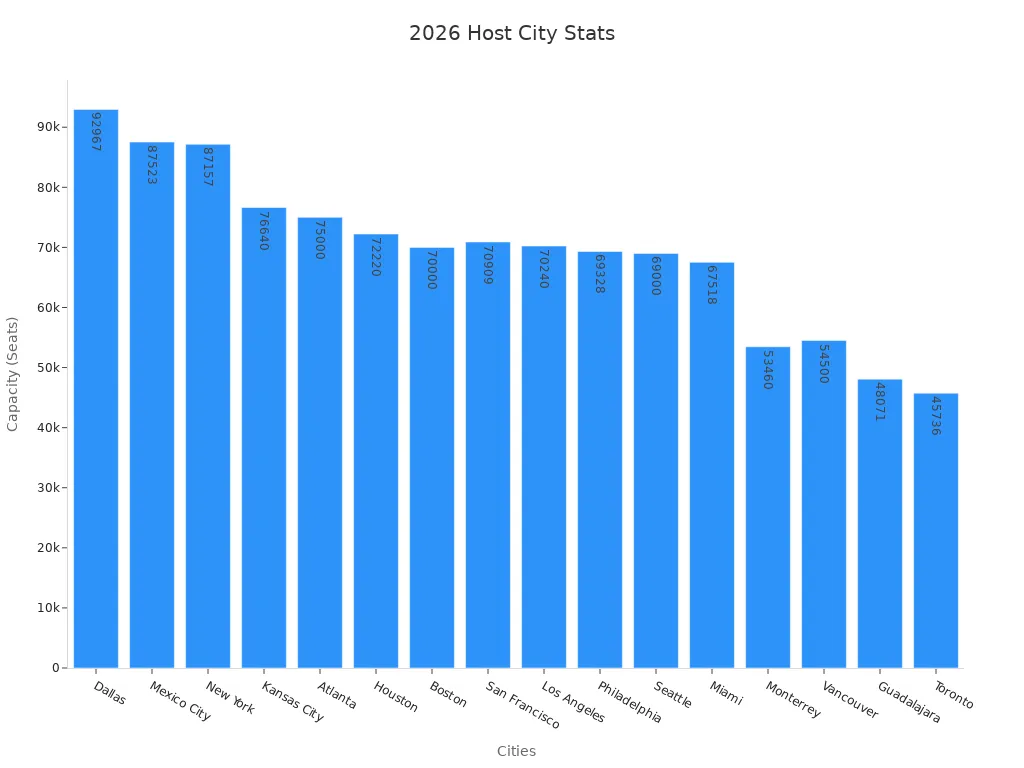
Fans feel excited at these games, and shops get more customers. Souvenirs are very popular with visitors. Many fans like brands that support the event. Cities get more tourists and neighborhoods often improve after big games. You should think about visiting and see what makes each city special!
FAQ
What are the dates for the 2026 Football World Cup?
You can watch the tournament from June to July 2026. FIFA will announce the exact dates soon. Keep an eye on official updates so you do not miss any matches!
How do you buy tickets for matches?
You can buy tickets on the official FIFA website. Sign up for updates and set reminders. Tickets sell out fast, so act quickly when sales open.
Which stadium will host the final match?
MetLife Stadium in New York/New Jersey will host the final. This stadium has top facilities and easy access. You will feel the excitement of the world’s biggest game here.
Can you bring souvenirs like keychains into the stadium?
Most stadiums let you bring small souvenirs, such as keychains. Check the stadium’s rules before you go. Security may ask to see your items at the entrance.
What is the best way to travel between host cities?
You can fly between most cities. Some cities have fast trains or buses. Plan your trip early and compare travel options for the best deals.
How can local businesses join the souvenir market?
You can partner with distributors or sell online. Create unique keychains or gifts that show your city’s spirit. Fans love local designs and limited-edition items.
Will there be fan zones outside the stadiums?
Yes! Many cities will set up fan zones with big screens, food, and games. You can join other fans, watch matches, and buy souvenirs even without a ticket.
Are there special events for families and kids?
You will find family-friendly activities at many stadiums and fan zones. Look for games, music, and workshops. Kids can enjoy soccer clinics and collect fun souvenirs.




